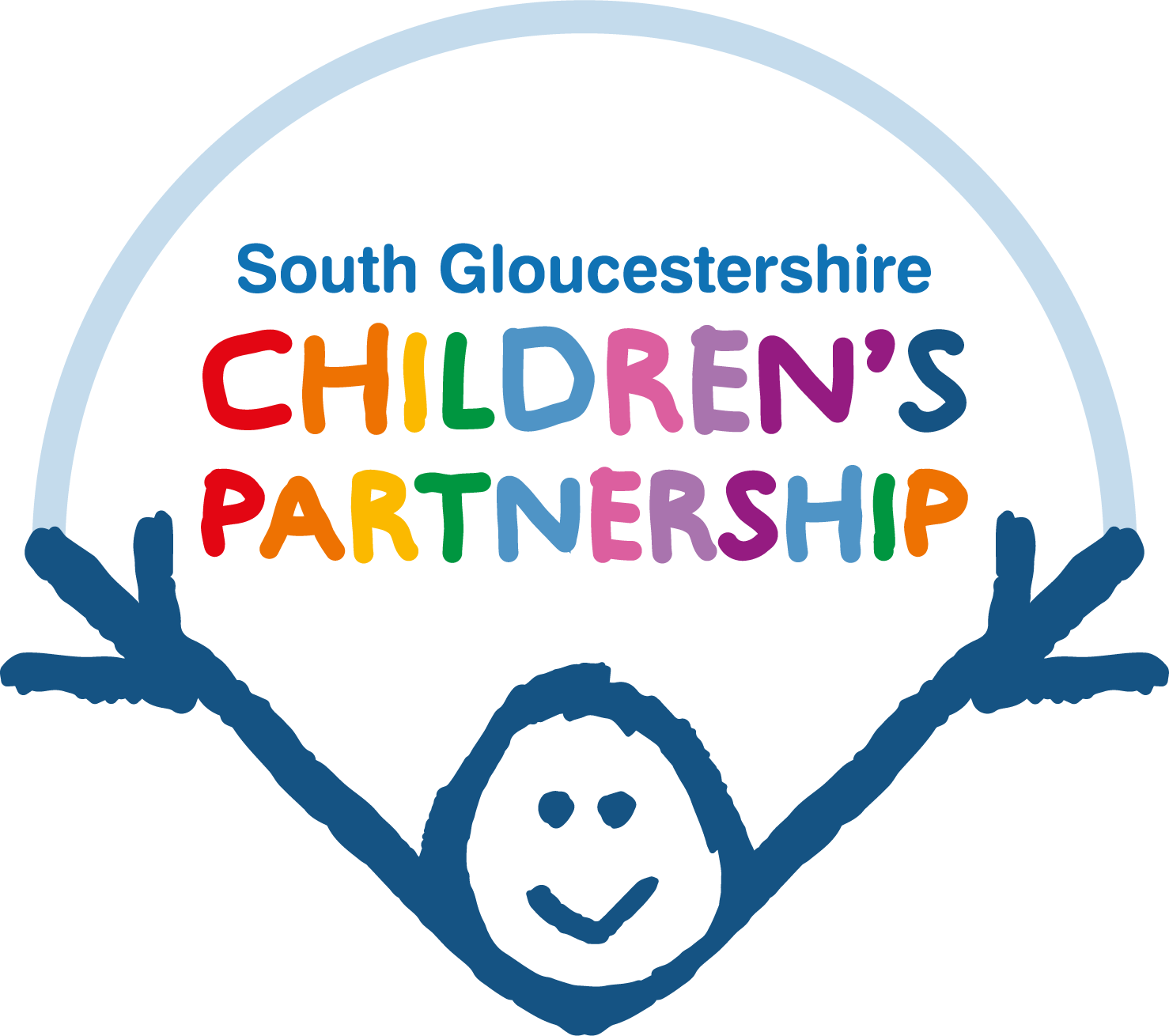Signs of Safety
Policy Statement
South Gloucestershire is committed to implementing the Signs of Safety approach as our core, multi-agency approach to working with families and managing risk where children are in need of early help and protection. Signs of Safety provides an evidence-based approach to assessment, planning, intervention and review that is based on a genuine partnership with children and families, one in which practitioners balance needs and risks with family strengths.
What is Signs of Safety?
Signs of Safety is a relationship and strength based approach to working with children, young people and their families. It focusses on the safety and wellbeing of children and young people and keeps their voices and experiences at the centre of all plans. It is a way of working with the families strength’s and bringing together their naturally connected people to provide life-long connections, safety and stability. The approach recognises and supports the rights and responsibilities of parents to be included in the planning for safety and well-being for their children and values both professional and family knowledge.
Why are we using the Signs of Safety approach in South Gloucestershire?
The Signs of Safety approach is being adopted in South Gloucestershire to:
- embed a unified approach to risk management across all of our children’s services, providing a common language and practice framework
- contribute towards ensuring an integrated culture within children’s services.
- reclaim professional practice and support workers in developing evidence based professional skills
Identifying Needs with Signs of Safety
We use professional curiosity- We ask questions to learn and understand what life is like for each child and family.
Practitioners supporting families work together with families to look at the strengths (what’s going well in the child’s life), the worries and concerns identified (who is worried and why) and focus on what needs to be done (outcomes) to build on the strengths, reduce the concerns and keep the child safe. This is known as a strengths and safety based approach.


